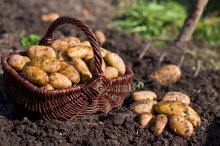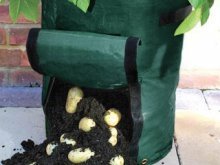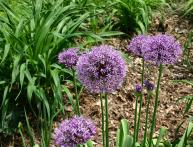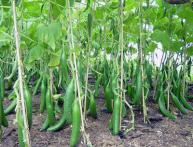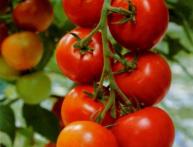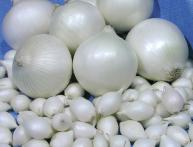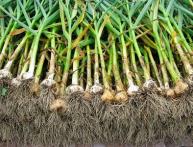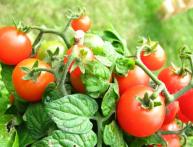Potato variety Zekura: brief description
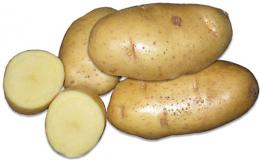
Among a significant number of modern types of potatoes, one of the most productive, unpretentious, and capable of long-term storage is undoubtedly the Zekura variety. This root vegetable is widely common in the middle zone Russia, Ukraine and Moldova, it has gained its popularity not only due to the ease of planting and care, but also due to its excellent taste properties, as well as its impeccable presentation.
Content:
- General characteristics of Zekura potatoes
- Main benefits of Zecura potatoes
- Features of planting and care
General characteristics of Zekura potatoes
Zekura potatoes are the brainchild of German breeders who tried to combine endurance, speed of ripening, as well as high nutritional and taste properties in a new variety. The goal was achieved: the plant turned out to be immune to most diseases, is resistant to drought and cool weather, and its tubers turned out to be uniform and small, yellow in color, and very starchy.
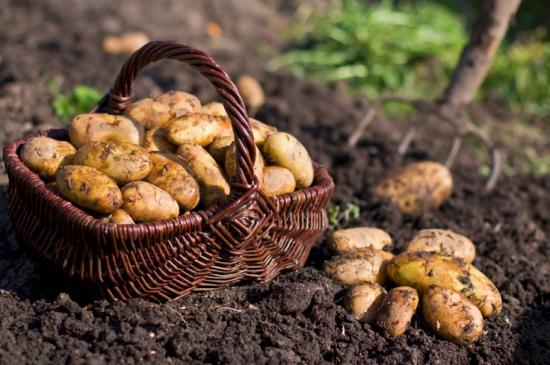
Initially, this variety was created primarily for the central part of the European continent, but this did not prevent the Zekura potato from adapting and producing high yields both in the Siberian region of Russia and in the south of Kazakhstan.
Potatoes of the Zekura variety have the following external characteristics:
- Ground part: erect bush of medium height and small spreading with purple inflorescences;
- Underground part: oblong tubers with yellow skin and small eyes, characterized by a flat, smooth surface.
The pulp of Zekura potatoes has an intense yellow tint and contains from 13 to 19% starch.
The Zekura potato variety is mid-early: its ripening period is usually about 90-100 days. In the southern regions, this figure may decrease by about a week.
Main benefits of Zecura potatoes
The yield and ripening period of Zekura potatoes depend on the region of its cultivation, as well as on the nature of the agricultural practices used. However, even in the absence of regular watering, as well as in the conditions of the Siberian region, this variety demonstrates the following significant qualities:
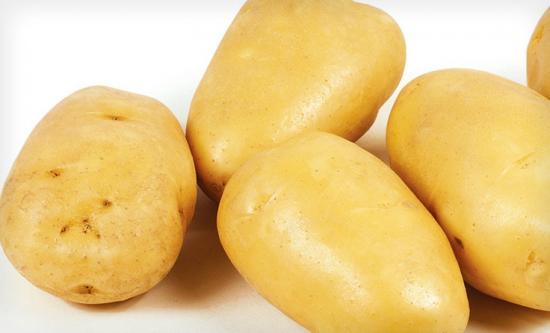
- has a fairly high yield: with proper care, about 50 tons of crop can be harvested from one hectare. In other words, about ten medium-sized potatoes grow under one bush. The weight of each tuber ranges from 100-200 grams. It is worth noting that the percentage of very large and extremely small fruits in this variety is quite low. The number of green tubers unsuitable for consumption is also small.
- is resistant to most diseases and fungi that parasitize root crops, in particular to nematode, potato canker, late blight, scab, leaf curl virus, blackleg, rhizoctonia and rust. This variety is also immune to damage from viruses “A” and “U”, which are very common in the soil. Resistance to rotting allows you to grow Zekura potatoes even in soils with high humidity.
- retains its beneficial and taste properties for a long time, and therefore can be stored in a dark, cool place for 4-6 months. In particular, if you store the crop at a temperature no higher than 1-2 degrees, without allowing it to rise or fall, and with moderate air humidity, it will be preserved throughout the entire winter and spring without significant loss in quality.
It is worth noting that this potato variety has excellent taste. When cooked for a long time, the tubers soften slightly, which makes them possible to use for both purees and soups.
Features of planting and care
Zecura potatoes are enough easy to care for: all activities for its cultivation are limited to watering, removal of weeds in the initial period of tops formation, as well as regular loosening of the soil after rains and watering.
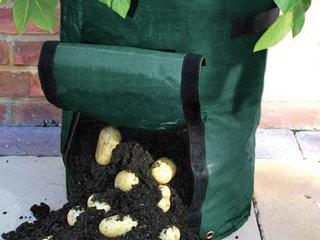
Planting of this potato variety begins in May. Seed tubers are planted in open ground to a depth of 8-10 cm. In this case, the distance between individual bushes should be about 35-50 cm.
Experienced agronomists recommend planting Zekura potatoes in areas where perennial grasses, winter grains, legumes, flax or lupine previously grew. It is noteworthy that even on sandy soils in the southern regions, this variety produces about 20-30 tons per hectare without the need for fertilizers and fertilizing. An arid climate is also not destructive, although in this case smaller root crops are formed - weighing 50-80 grams.
If tubers are planted at the end of spring, the first harvests can be expected as early as August.
Thus, the drought-resistant, fleshy and mid-season Zekura potato is an example of an unpretentious, but at the same time very tasty and nutritious root vegetable, which is ideal for cultivation in the central chernozem and southern zones, although it does not exclude the possibility of planting in the northern regions.

